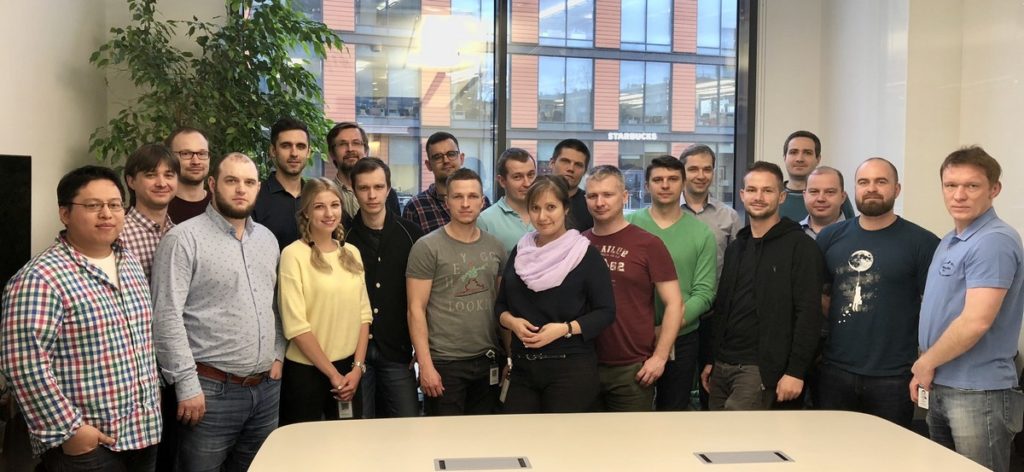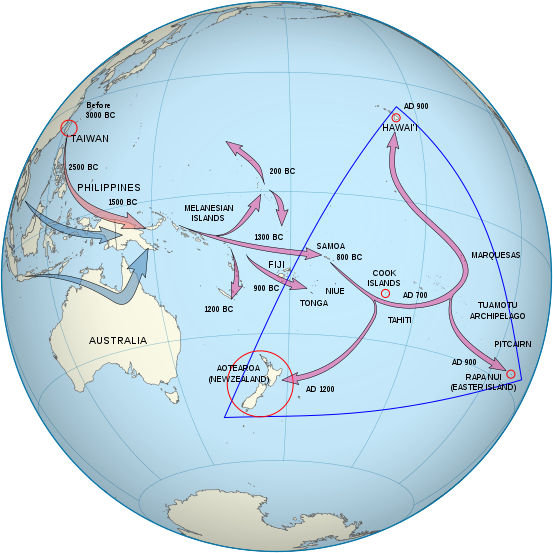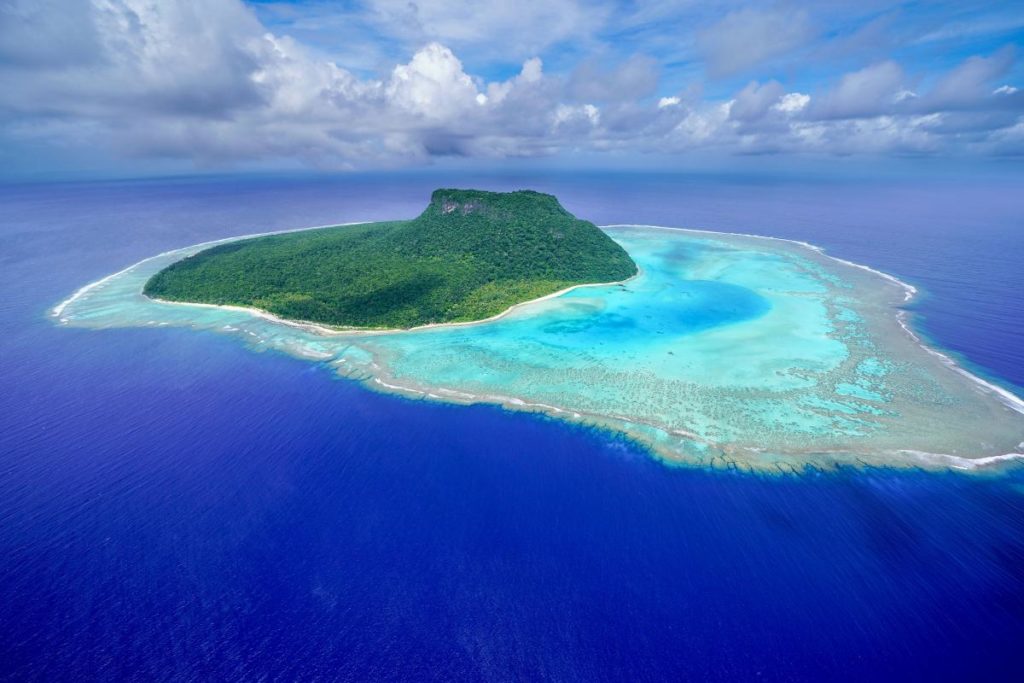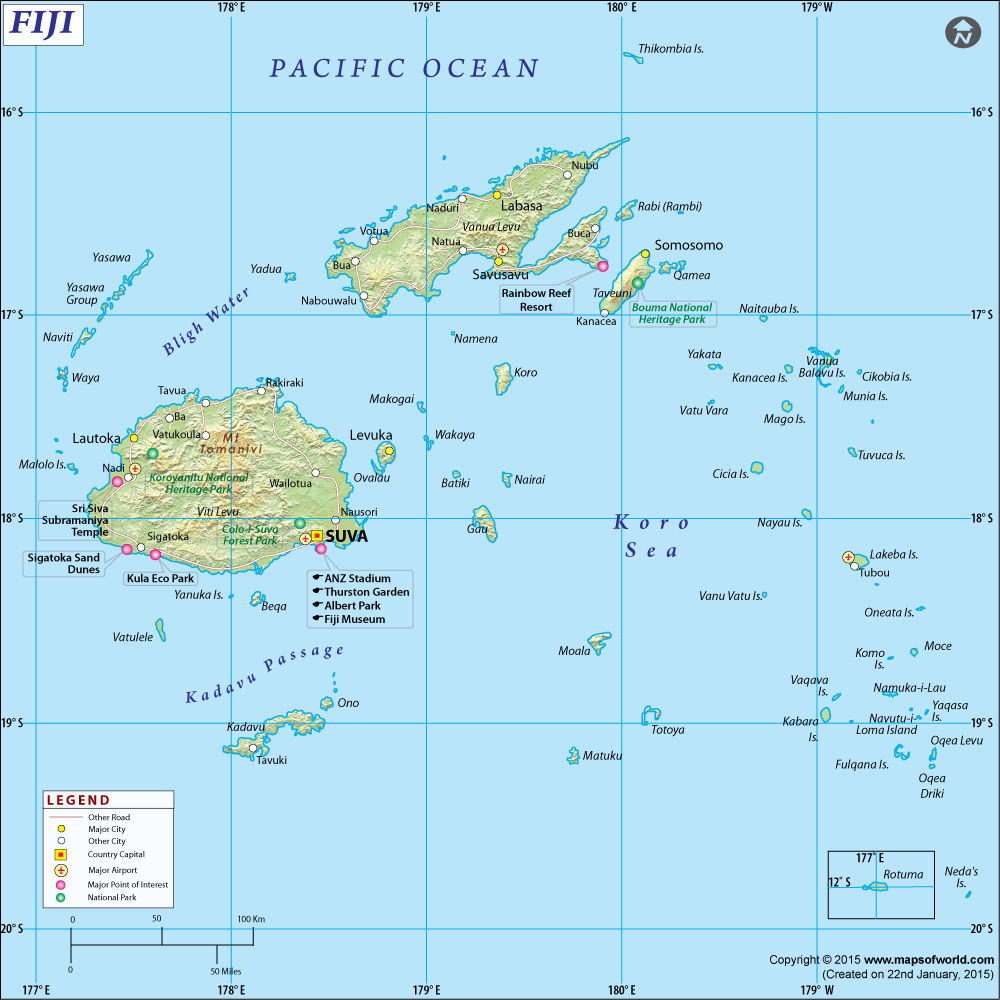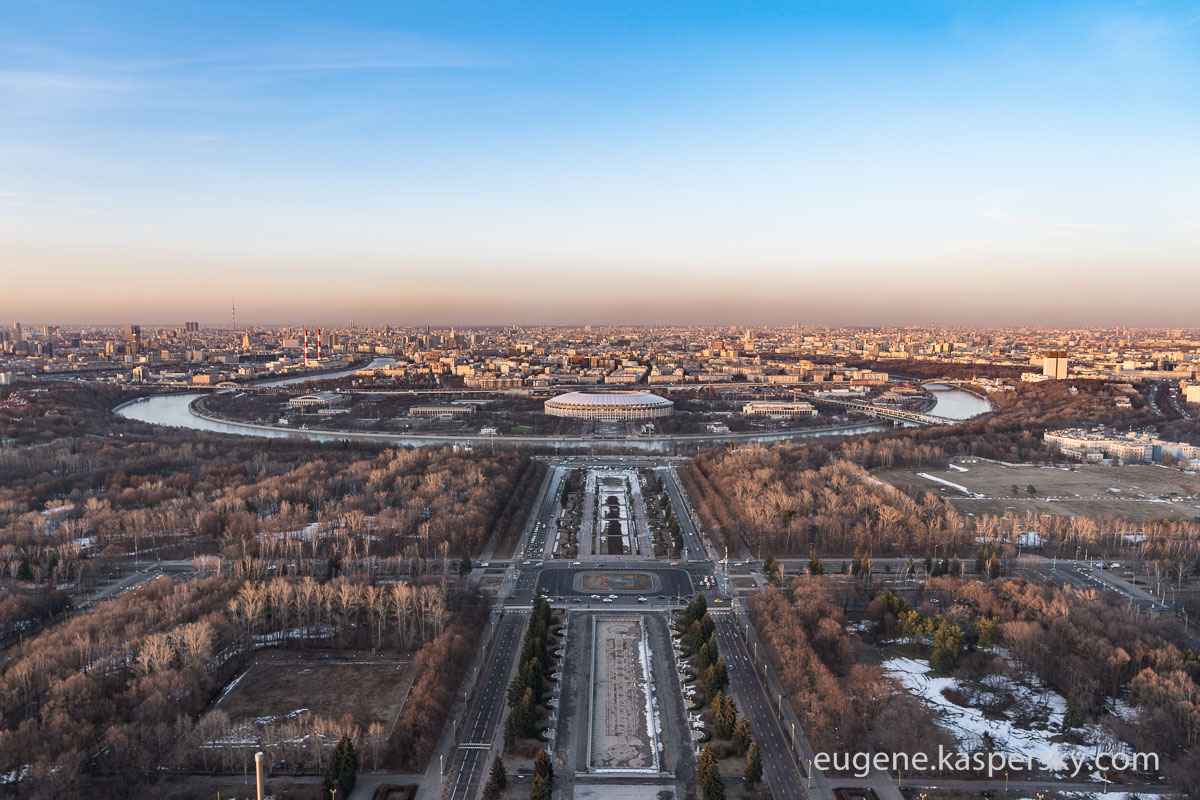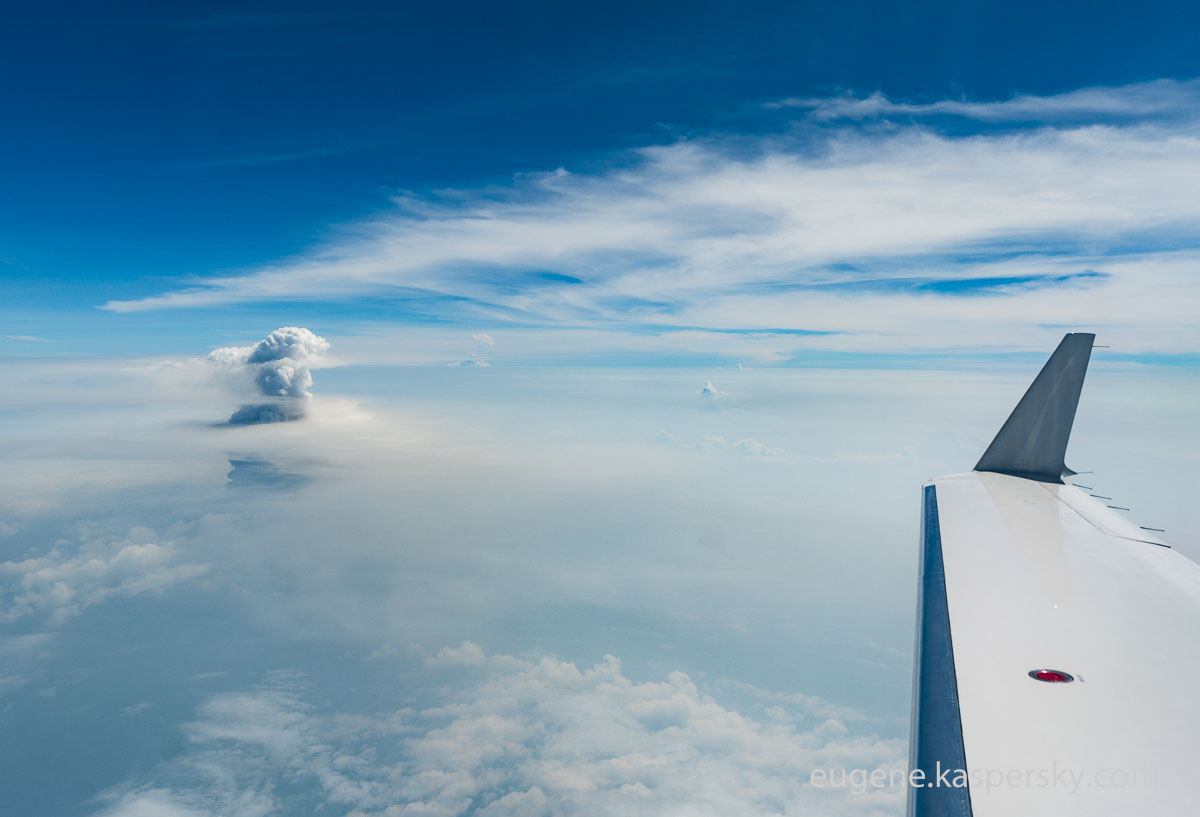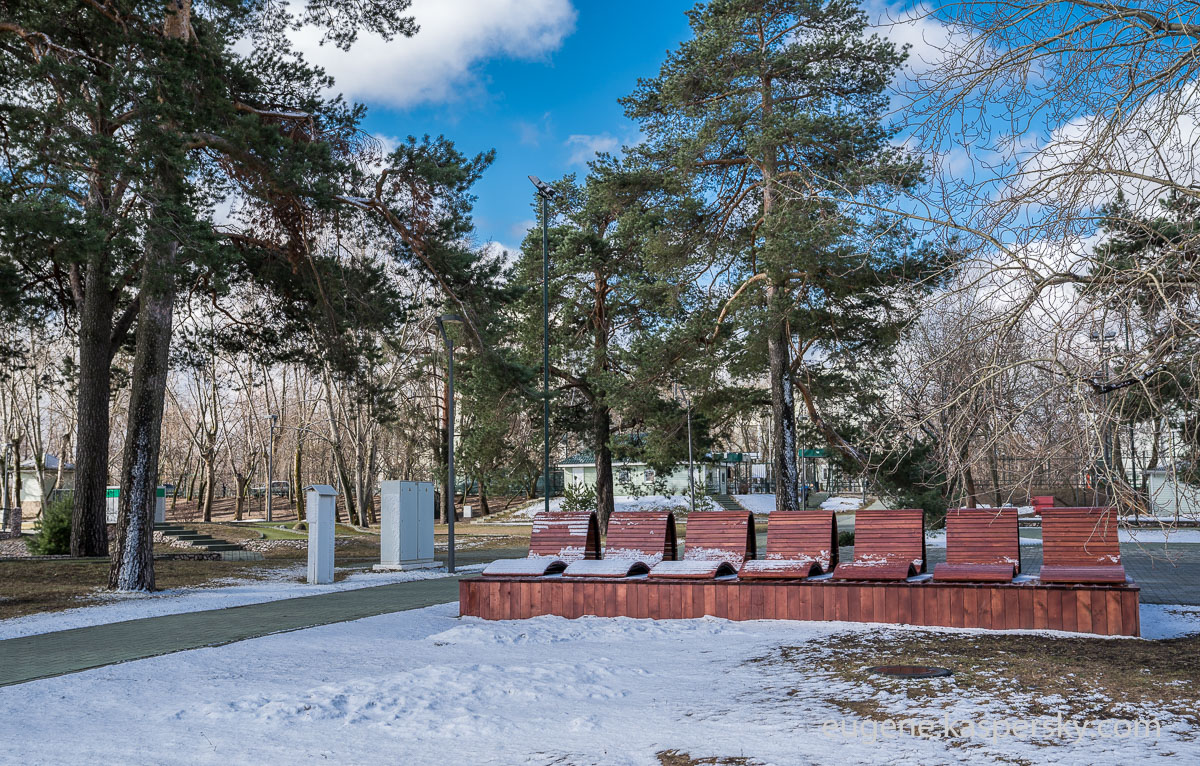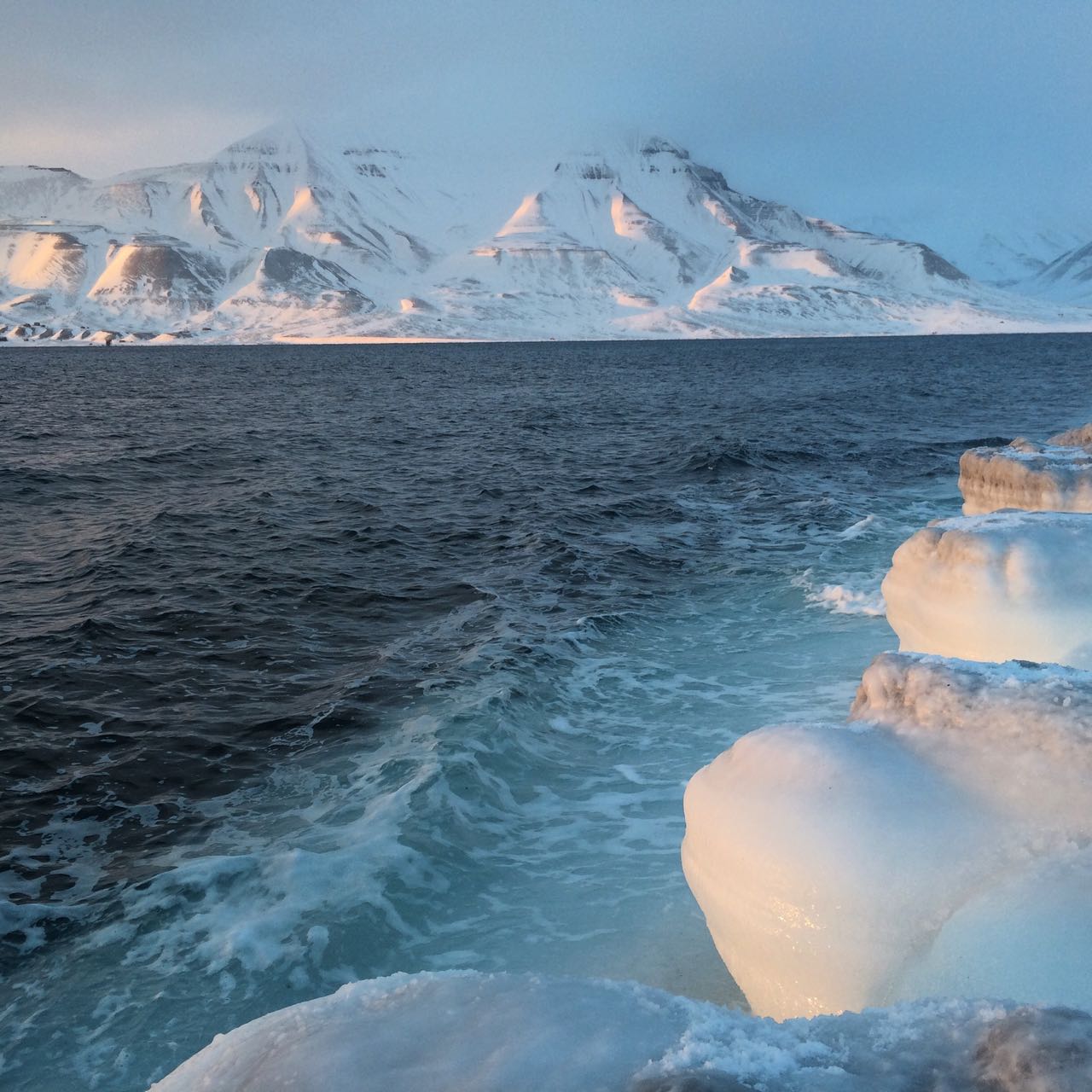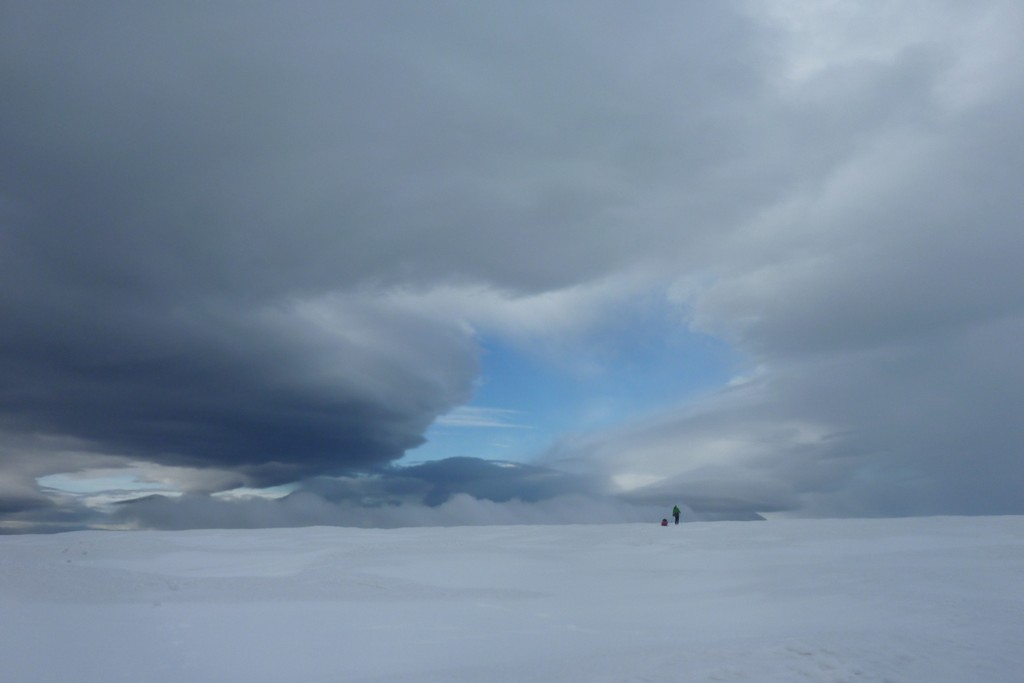May 8, 2018
Polar-tropical contrasts.
Hi boys and girls!
Been a while, I know, but I’m back – and with loads of on-the-road tales to recount that have piled up…
Right now I’m in Terminal 5 of Heathrow Airport, which is fitting: I’ve seen a lot of airport terminals just recently, but I haven’t had enough time in the departures lounges to keep up with events as they’ve been happening – as they’ve been happening so fast and furious and frequently and non-stop. I’ll at least make a start with some catch-up here…
I really should start where this recent spot of globetrotting began a few weeks ago – heading to the North Pole! But… Since I still don’t see much free time on the horizon for extensive travelogue writing and photo editing, I’ll settle for just this one interim post for now to keep things bobbing along on this here blog, and it will have to be a relatively brief one (I’ll do the proper catch-up a bit later once I get home). It’s one about some mind-boggling contrasts I’ve seen over the last few days…
Now, returning from one of the earth’s poles back to civilization is always a bit lot of a shock to the senses. From a place where there is literally nothing but cold, ice, snow and blue sky, to a place where there is warmth, no snow or ice; supermarkets, roads, pubs, offices, Wi-Fi, drinkable tap water and all the rest of civilization’s better features… well, you get the picture: it’s always going to blow the mind a touch and take some time to acclimatize…



